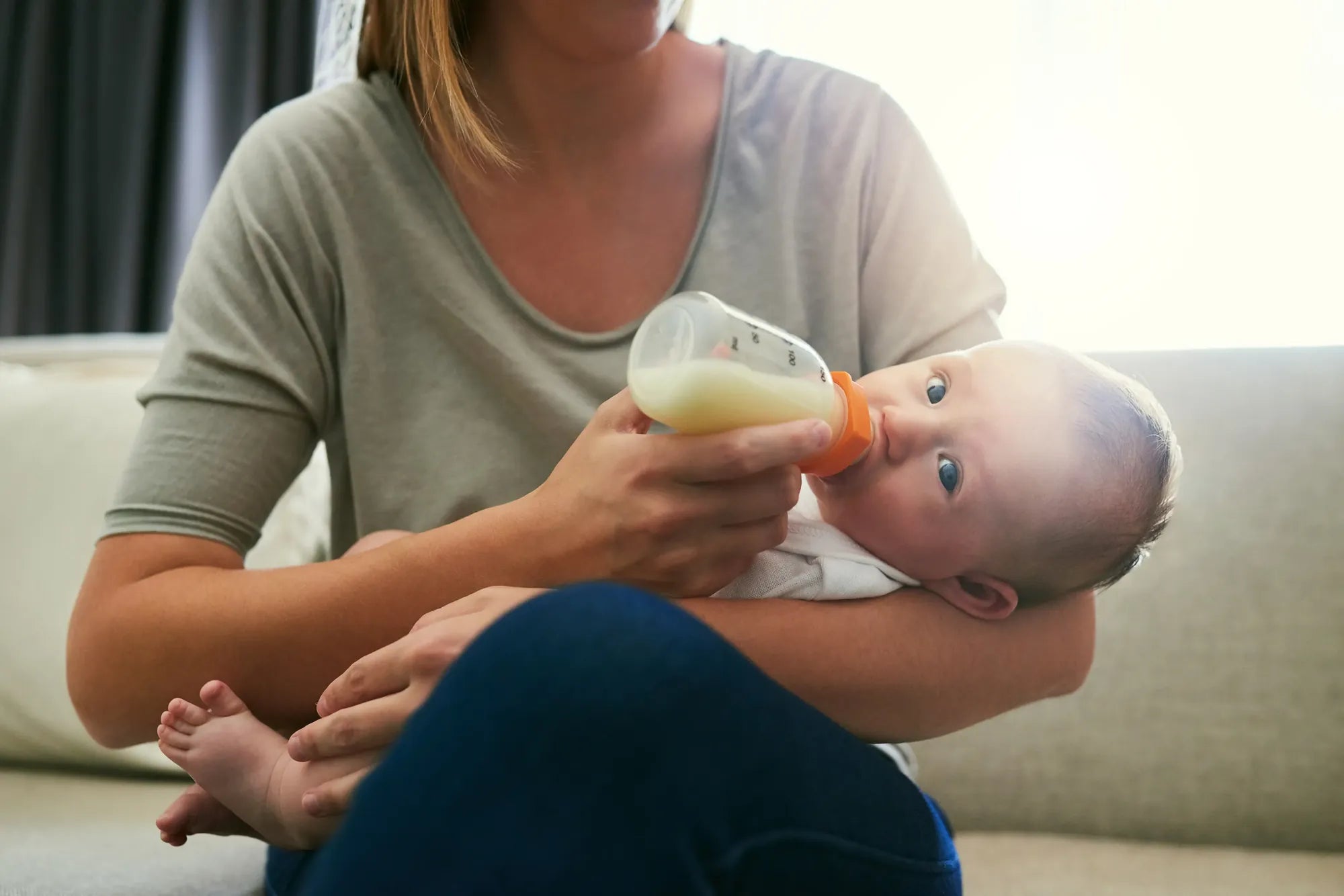Startseite
Pregnancy, Breastfeeding, and Pumping: The Ultimate Guide for Moms
How Often Do Breast Pump Parts Need to Be Replaced?

How Often Do Breast Pump Parts Need to Be Replaced?
Breast pumping is a vital part of many parents' lives, offering flexibility and convenience. However, ensuring the equipment remains in top condition is crucial for both hygiene and performance. One of the most common questions new parents ask is, 'How often do breast pump parts need to be replaced?' The answer depends on several factors, including usage frequency, cleaning practices, and the type of pump. Let's dive into the details to help you make informed decisions.
Understanding Breast Pump Components
Breast pumps consist of several key components, each playing a role in the pumping process. These include the breast shields, valves, membranes, tubing, and bottles. Over time, these parts can wear out or become less effective, impacting the pump's performance. Regular inspection and timely replacement are essential to maintain efficiency and ensure the safety of the milk.
Factors Influencing Replacement Frequency
Several factors determine how often breast pump parts need to be replaced. These include:
- Usage Frequency: Daily users may need to replace parts more often than occasional users.
- Cleaning Practices: Improper cleaning can lead to faster wear and tear or bacterial buildup.
- Material Quality: Higher-quality parts may last longer but still require regular replacement.
- Signs of Wear: Visible cracks, discoloration, or reduced suction are indicators that parts need replacement.
General Replacement Guidelines
While specific timelines vary, here are some general guidelines for replacing breast pump parts:
- Breast Shields: Replace every 2-3 months or if they show signs of wear.
- Valves and Membranes: Replace every 4-6 weeks, as they are prone to stretching and tearing.
- Tubing: Replace if moisture or milk enters the tubing, as it cannot be effectively cleaned.
- Bottles and Storage Containers: Replace if cracked, scratched, or discolored.
Signs It's Time to Replace Parts
Knowing when to replace breast pump parts is essential for maintaining hygiene and efficiency. Look out for these signs:
- Reduced suction or milk output
- Visible cracks, tears, or discoloration
- Unusual noises during pumping
- Difficulty assembling or disassembling parts
Tips for Prolonging Part Lifespan
While regular replacement is necessary, you can extend the lifespan of breast pump parts with proper care:
- Follow the manufacturer's cleaning instructions meticulously.
- Use gentle cleaning agents to avoid damaging parts.
- Store parts in a clean, dry place to prevent bacterial growth.
- Inspect parts regularly for signs of wear and tear.
Why Timely Replacement Matters
Replacing breast pump parts on time is not just about maintaining performance; it's also about ensuring the safety of your baby. Worn-out parts can harbor bacteria, leading to contamination of the milk. Additionally, inefficient parts can reduce milk output, making pumping sessions less effective. By staying proactive, you can ensure a safe and efficient pumping experience.
Budgeting for Replacement Parts
Replacing breast pump parts can add up over time, so it's wise to budget for these expenses. Consider purchasing replacement parts in bulk or looking for deals to save money. Remember, investing in high-quality parts can reduce the frequency of replacements and provide better performance in the long run.
Final Thoughts
Keeping your breast pump in optimal condition is essential for both hygiene and efficiency. By understanding how often breast pump parts need to be replaced and following proper care practices, you can ensure a safe and effective pumping experience. Stay vigilant, inspect your equipment regularly, and replace parts as needed to keep your pump running smoothly. Your baby's health and your peace of mind are worth the effort.
Teilen

